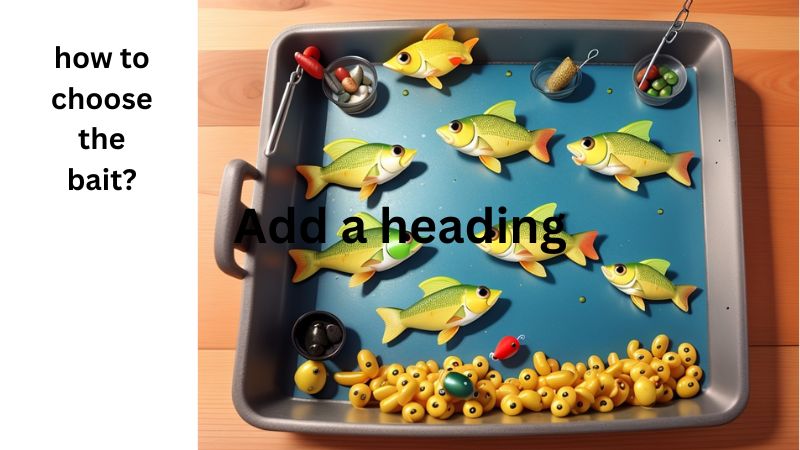how to choose the bait?
Fishing is not only a relaxing pastime but also a thrilling sport. To increase your chances of success, choosing the right bait is crucial. With a wide variety of options available, selecting the best bait can be overwhelming for beginners and experienced anglers alike. In this comprehensive guide, we will walk you through the process of choosing the perfect bait for different fishing conditions and target species.
From understanding the types of bait to considering factors such as water conditions and fish behavior, this article will equip you with the knowledge needed to maximize your fishing success.
Types of Bait
Before diving into the selection process, it’s essential to familiarize yourself with the different types of bait available. Here are some common types:
1. Live Bait
Live bait refers to using actual living organisms as bait. This can include worms, minnows, crickets, or even small fish. Live bait is enticing to fish due to its natural movement and scent, making it an excellent choice for many species.
2. Artificial Bait
Artificial bait, also known as lures, is designed to mimic the appearance and movement of real prey. These can be made of various materials such as plastic or metal and come in a wide range of shapes, sizes, and colors. Artificial bait offers versatility and can be effective for enticing specific types of fish.
3. Natural Bait
Natural bait includes items that are found in nature but are not living organisms. Examples include corn, cheese, bread, or even pieces of fish. Natural bait can be readily available and cost-effective, making it a popular choice for anglers.
Understanding the Target Species
To choose the most effective bait, it’s crucial to understand the target species and their feeding habits. Different fish have specific preferences for the type of bait they are attracted to. Consider the following factors when targeting a specific species:
1. Feeding Behavior
Research the feeding behavior of the fish you are targeting. Some species are bottom feeders, while others prefer to strike at moving prey near the surface. By understanding their feeding habits, you can choose the right bait that will trigger their predatory instincts.
2. Habitat Preference
Consider the natural habitat of your target species. Are they found in rivers, lakes, or saltwater? This information will help you determine the type of bait that is commonly available in their environment.
3. Preferred Diet
Different fish have varying dietary preferences. Some may primarily feed on insects, while others are carnivorous and prefer smaller fish as prey. Understanding their preferred diet will guide you in selecting bait that closely resembles their natural prey.
Factors Affecting Bait Selection
Several factors can influence your choice of bait. By considering these factors, you can increase your chances of success:
1. Water Conditions
Water clarity, temperature, and depth play a significant role in determining which bait to use. In clear water, artificial baits that mimic real prey are more effective, while in murky water, using live bait with strong scents can attract fish that rely on their sense of smell.
2. Seasonal Variations
Fish behavior can change with the seasons, impacting their feeding patterns and preferences for certain types of bait. Research the specific species you are targeting and take note of any seasonal variations that may affect your bait selection.
3. Time of Day
The time of day can also influence the effectiveness of different baits. For example, during low light conditions such as dawn or dusk, using brightly-colored lures can be more visible to fish. On the other hand, during midday when sunlight is intense, live bait might be a better option.
Local Knowledge and Recommendations
Seeking local knowledge and recommendations from experienced anglers in your area can provide valuable insights into successful bait choices. Local fishing clubs or forums are excellent resources for gathering information about which baits work best in specific locations and for particular species.
Experimentation and Adaptability
While there are general guidelines for choosing bait, fishing success often comes down to experimentation and adaptability. Fish behavior can be unpredictable, and what works on one day might not work on another. Be open to trying different baits and techniques until you find what works best for you in various fishing situations.
Conclusion:
Choosing the right bait is a critical factor in fishing success. By understanding the different types of bait available, considering factors such as water conditions and fish behavior, and seeking local knowledge and recommendations, you can increase your chances of landing that prized catch. Remember to be adaptable and willing to experiment until you find the perfect combination that entices your target species. So go ahead, equip yourself with the knowledge gained from this guide, and get ready to reel in some unforgettable fishing experiences!
